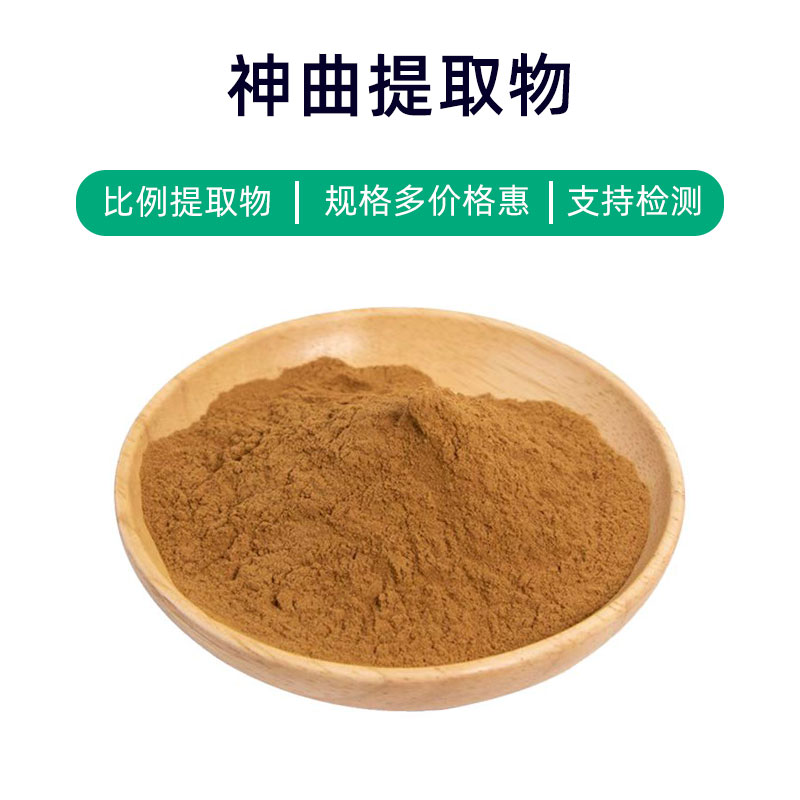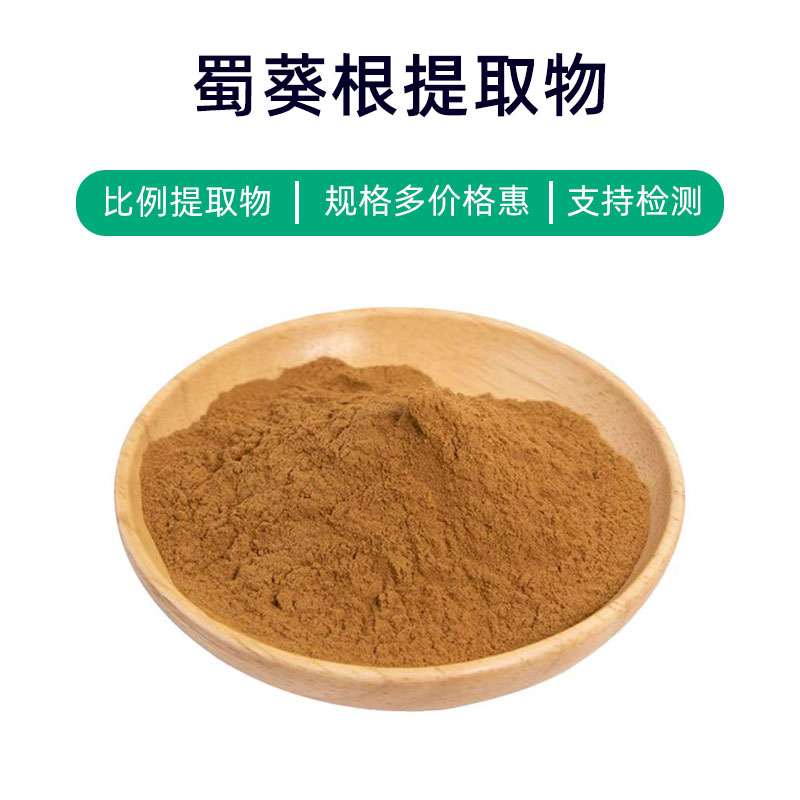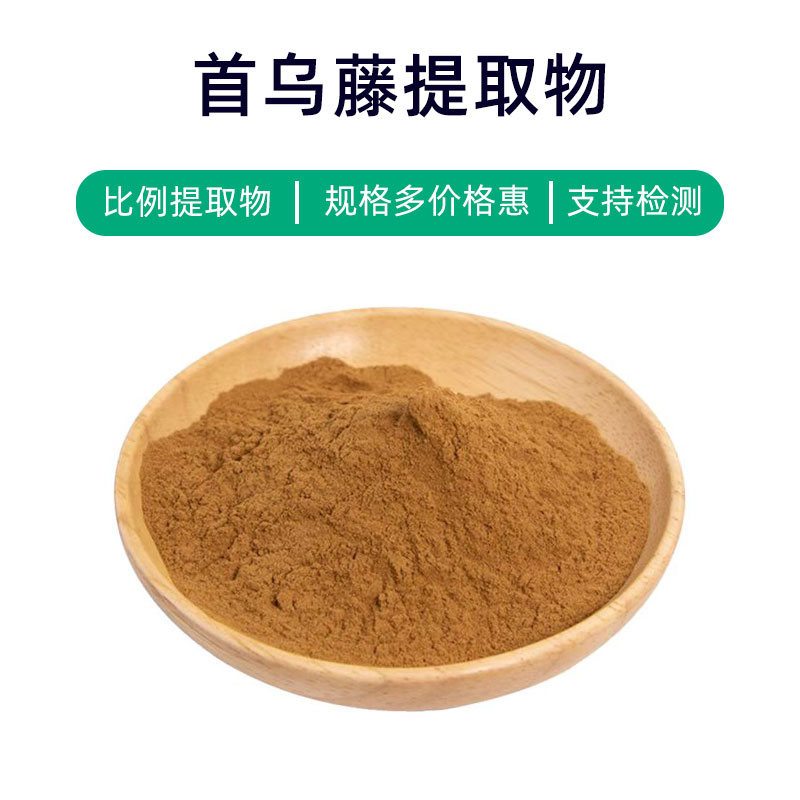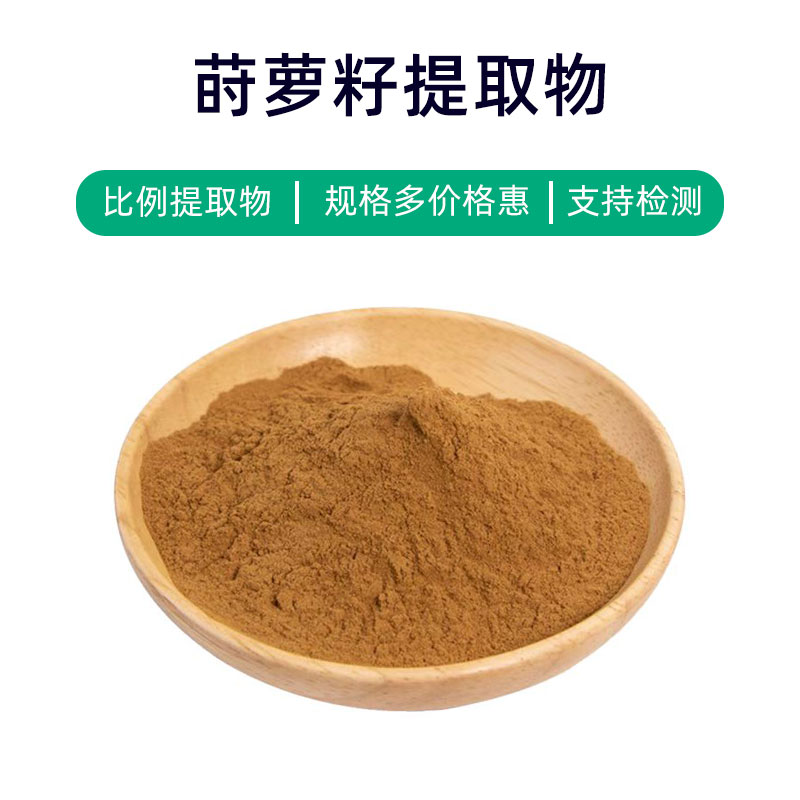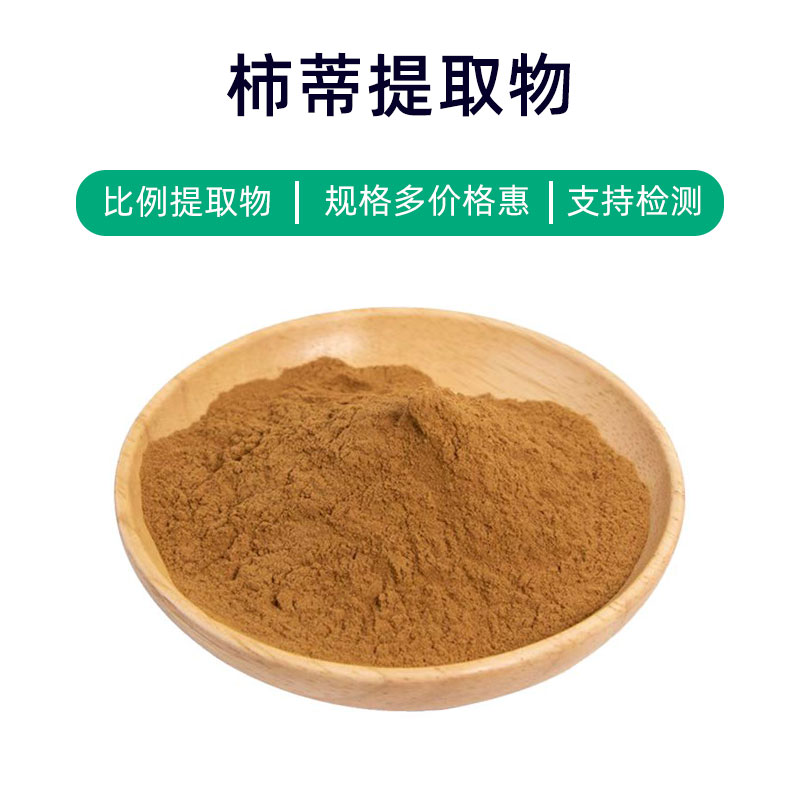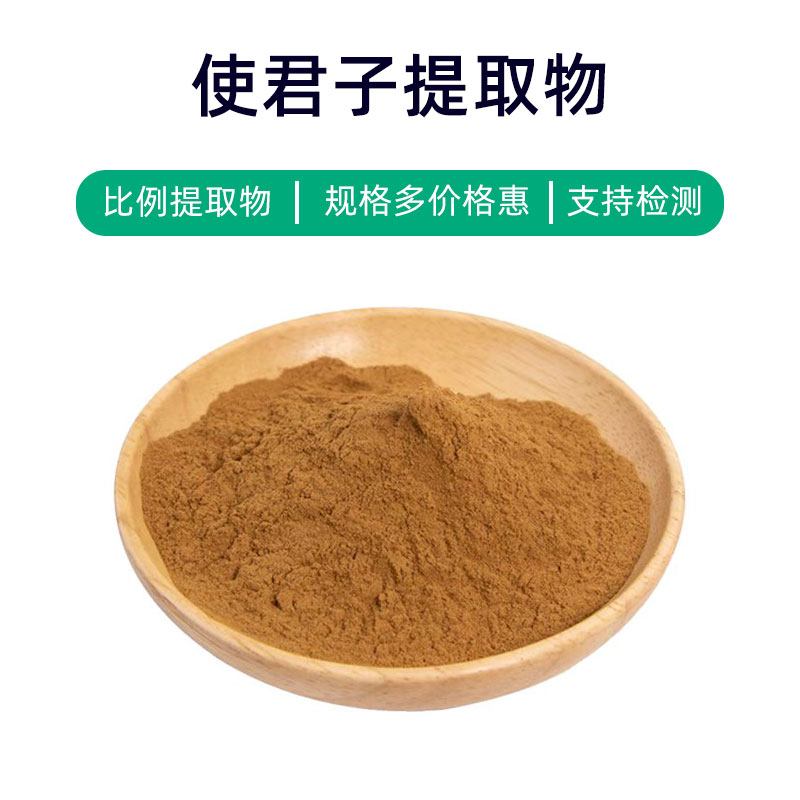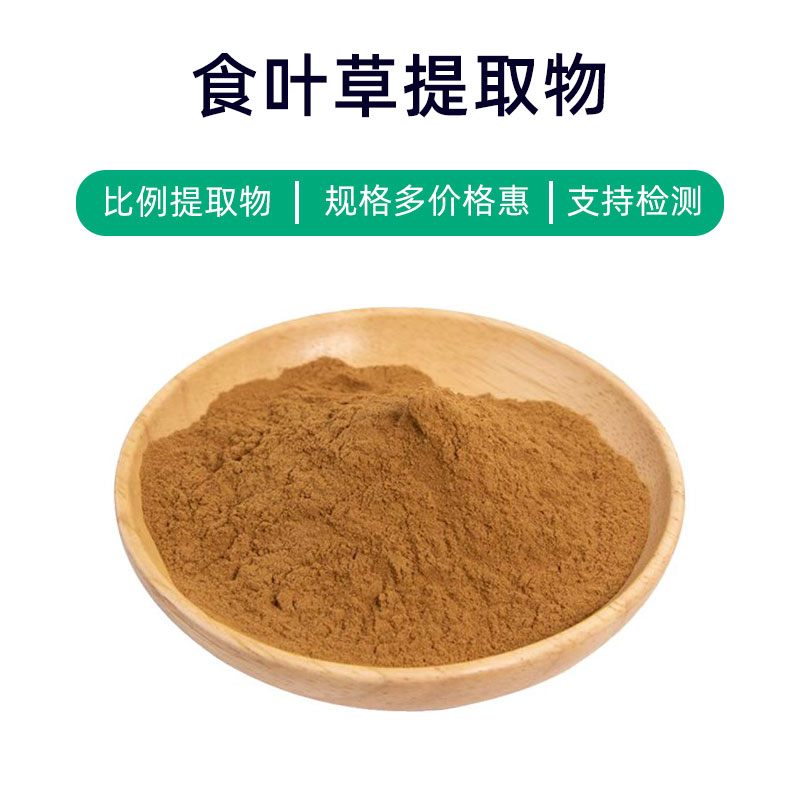Saccharomyces cerevisiae Extract Product Introduction
Saccharomyces cerevisiae extract is a natural ingredient derived from yeast (Saccharomyces cerevisiae), primarily containing vitamins, amino acids, polysaccharides, nucleic acids, and yeast proteins. It has a wide range of benefits, including regulating skin moisture-oil balance, improving skin elasticity, providing nutrition, and antioxidant effects. In beauty and skin care products, Saccharomyces cerevisiae extract is commonly used for moisturizing, anti-aging, and reducing wrinkles, helping to restore smooth and delicate skin condition, enhance skin’s defense capability, and slow down skin aging. Furthermore, it is also frequently utilized in health supplements and food additives, playing a role in regulating intestinal flora and promoting digestion and absorption.
Saccharomyces cerevisiae Extract Production Process
The production of Saccharomyces cerevisiae extract involves a complex and detailed process that requires multiple steps to ensure the quality and purity of the extract. Here is a general overview:
- Raw Material Preparation: First, high-quality Saccharomyces cerevisiae is selected as raw material, which is typically harvested fresh from specific growth environments.
- Grinding: The raw Saccharomyces cerevisiae is ground into a powder to enhance extraction efficiency, achieved by mechanical grinding or other appropriate methods.
- Solvent Extraction: The ground Saccharomyces cerevisiae is mixed with an appropriate solvent (such as water or ethanol) for extraction, whereby the solvent dissolves the active components from the yeast.
- Filtration: The extract is filtered to remove suspended solids and impurities, yielding a relatively clear solution.
- Concentration: The filtered extract is concentrated using low-temperature evaporation or other suitable methods to remove excess solvent, resulting in a concentrated extract.
- Purification: The concentrated extract undergoes purification to eliminate impurities and unwanted components, using techniques such as chromatography or gel filtration.
- Testing and Analysis: The purified extract is tested and analyzed to ensure it meets relevant quality standards and safety requirements.
- Packaging: Finally, the extract is packaged in suitable containers and materials to maintain stability and quality during storage and transportation.
The specifics of these steps may vary depending on producers, product types, and required purity. However, this outlines the general process for producing Saccharomyces cerevisiae extract.
Saccharomyces cerevisiae Extract Effects and Side Effects
Saccharomyces cerevisiae extract is a plant extract typically obtained from fermented molds such as Aspergillus oryzae or Monascus purpureus. This extract is rich in active components, providing a variety of benefits in health supplements and the food industry.
- Regulating Blood Lipids: Saccharomyces cerevisiae extract contains compounds that can help regulate blood lipids, such as tannins found in red yeast. These components may aid in lowering cholesterol and triglyceride levels, contributing to cardiovascular disease prevention.
- Antioxidant Effects: The extract is rich in polyphenolic compounds with strong antioxidant properties. These compounds can neutralize free radicals, reducing oxidative stress and protecting cells from oxidative damage.
- Blood Pressure Reduction: Some studies suggest that active components in the extract may have a blood pressure-lowering effect, possibly by promoting vascular dilation or regulating vascular tension.
- Improving Blood Circulation: Certain components in the extract are believed to enhance blood circulation. By improving microcirculation and increasing blood flow, it enhances the efficiency of oxygen and nutrient delivery throughout the body.
- Anti-inflammatory Effects: Some compounds in the extract possess anti-inflammatory properties, helping alleviate inflammatory responses and related pain, potentially assisting in the management of chronic inflammatory diseases.
Regarding side effects, Saccharomyces cerevisiae extract is usually considered relatively safe; however, some individuals may experience allergic reactions or adverse effects. Additionally, due to its active components that may affect physiological indicators such as blood lipids and pressure, it is advisable to follow medical or professional guidance when taking it and to be wary of potential drug interactions.
In summary, Saccharomyces cerevisiae extract is a natural plant extract that can provide various health benefits when used appropriately, but individuals should consider their health conditions and consult with healthcare professionals before use.
Saccharomyces cerevisiae Extract Usage and Dosage
Saccharomyces cerevisiae extract has wide applications in medicine, food, and cosmetics, with various uses and functions. Here’s a detailed overview of its application scenarios and recommended dosages in different fields:
- Applications in Medicine:
- Cardiovascular Health: Saccharomyces cerevisiae extract is used to prepare health supplements targeting heart health, aimed at lowering cholesterol levels and improving blood circulation. The typical recommended dosage is 200-1000 mg taken orally daily, with adjustments based on individual circumstances and product guidelines.
- Antioxidant: Due to its high antioxidant nature, the extract can be applied in anti-aging and disease prevention products. Dosage varies based on the specific product and individual situation, generally ranging from 200-500 mg per day.
- Applications in Food:
- Food Coloring Agent: Saccharomyces cerevisiae extract can serve as a food coloring agent, especially in traditional Asian foods, such as fermented tofu, rice wine, and rice vinegar. The amount used is generally minimal, adding just enough to achieve the desired color effect.
- Preservative: Given its antibacterial and antioxidant properties, the extract can be utilized as a food preservative to extend shelf life. Dosages depend on specific products and food types, typically ranging from 0.1%-0.5% of the total weight of the food.
- Applications in Cosmetics:
- Skin Care: Saccharomyces cerevisiae extract is widely included in skin care products due to its antioxidant, anti-inflammatory, and antibacterial effects, improving skin texture, reducing inflammation, and protecting skin from environmental damage. It is generally incorporated in creams, lotions, or masks at a concentration of 1%-5% of the total formula.
- Hair Care: The extract can also be used in hair care products to enhance scalp health, promote hair growth, and reduce dandruff. Typically, it is added to shampoos, conditioners, or hair masks at a concentration of 1%-3% of the total formula.
Overall, Saccharomyces cerevisiae extract serves as a natural plant extract with diverse applications across medicine, food, and cosmetics. Users should refer to specific product guidelines and consider their personal situations to ensure its safe and effective utilization.
Saccharomyces cerevisiae Extract Source Plant Introduction, Distribution, and Growth Environment
Saccharomyces cerevisiae extract primarily originates from two molds: Aspergillus oryzae and Monascus purpureus. These molds are not technically plants; they are fungi belonging to the Aspergillaceae family.
- Aspergillus oryzae:
- Distribution: Aspergillus oryzae is widely distributed in nature, commonly found in soil, plant residues, and fermented foods. It thrives in warm and humid environments.
- Growth Environment: This mold typically grows best at temperatures between 25°C and 37°C and requires relatively high humidity. It can utilize various carbon and nitrogen sources, including starch and glucose.
- Monascus purpureus:
- Distribution: Monascus purpureus is primarily found in soil, rice, corn, and other plant materials, as well as various fermented foods. It is prevalent in subtropical and tropical regions.
- Growth Environment: This mold has a strong adaptability, growing across a broad temperature range (15°C to 35°C), with optimal growth occurring at 25°C to 30°C. Its growth efficiency is highest at a relative humidity of around 70%-80%. Furthermore, Monascus purpureus requires sufficient oxygen and appropriate nutrients to sustain growth.
Both molds are significant sources of Saccharomyces cerevisiae extract, and their growth environments depend on factors like temperature, humidity, and nutrient conditions. In industrial production, optimizing medium composition and controlling fermentation conditions help enhance mold growth and extract yield. It’s important to note that in natural settings, these molds may produce toxins, making strict monitoring of the production process essential to ensure the quality and safety of the extracts.
Saccharomyces cerevisiae Extract Processing and Storage
Processing of Saccharomyces cerevisiae extract typically includes steps such as extraction, filtration, concentration, and purification. During processing, parameters such as temperature, pH, and time must be tightly controlled to ensure the quality and purity of the extract. For storage, Saccharomyces cerevisiae extract should be kept in a dry, cool, light-protected environment, away from heat and moisture. It is generally recommended to use sealed containers for storage, with regular checks to ensure the extract remains uncontaminated and unoxidized.
Monica Sun is a seasoned expert in the plant extraction industry with over a decade of experience in research and production. She specializes in the extraction and purification of plant active ingredients, focusing on driving innovation in natural product applications. Monica has participated in the development of multiple functional plant extracts, delivering high-value natural raw material solutions for the health food, pharmaceutical, and dietary supplement sectors.

